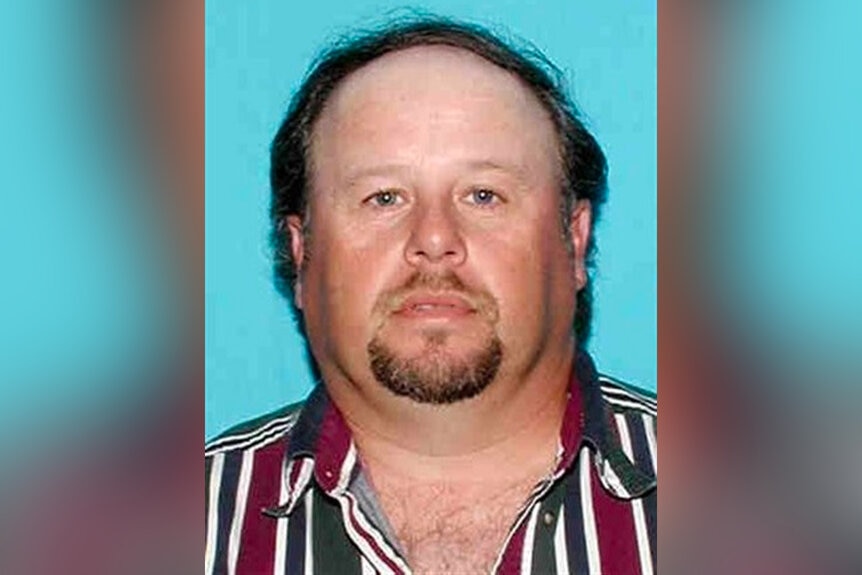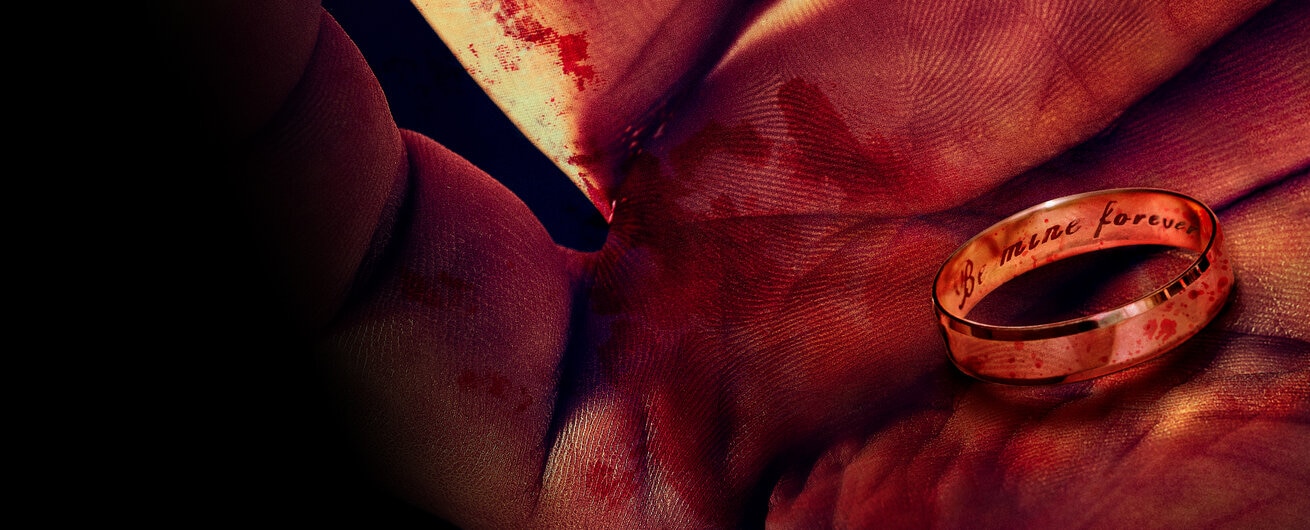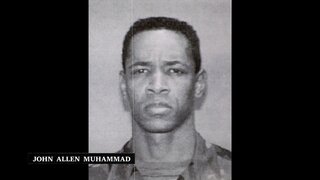Create a free profile to get unlimited access to exclusive videos, breaking news, sweepstakes, and more!
‘He Perfected His Hunt’: Louisiana ‘Bayou Strangler’ Preyed On Men
When the ‘Bayou Strangler' was caught, he was "sort of braggadocious" as he described strangling and killing his victims.
In the late 1990s, New Orleans and its suburbs were experiencing a spike in violent crimes.
Then, in October 1998 in Jefferson Paris, police were called to investigate the murder of an African American man whose body was found beneath a roadway overpass. The victim, identified as Oliver LeBanks, lived near the French Quarter in New Orleans. He had died from asphyxia due to strangulation, according to the autopsy report.
“There were clearly visible marks on the side of the neck,” Det. Dennis Thornton, of the Jefferson Parish Sheriff’s Office, told “Mark of a Serial Killer,” airing Saturdays at 8/7c on Oxygen. More men with the same deadly marks would turn up dead over the next nine years.
Hair identified as belonging to a Caucasian person was found on LeBanks’ body and collected as evidence.
The father of five children, LeBanks “was unemployed at the time,” said Thornton. “There was an indication that he would hang out on the street corner and possibly engage with passersby, other males, potentially to have a sexual encounter.”
Ten months passed and no leads were turned up. In August 1999 investigators were called to another murder at the same location where LeBanks’ body was found.
This victim, identified as Mitchell Johnson, 34, also had ligature marks. The autopsy revealed the death was caused by strangulation and neck compression. There were no defensive wounds but there were signs of sexual assault.
“Mitchell’s lifestyle was similar to Oliver’s background,” said Thornton.
A witness came forward with a description of a white man Mitchell was with before his murder. A composite sketch was released to a local newspaper and French Quarter gay establishments, according to investigators.
This effort failed to move the investigation further. Then the body of another Black man was found in Kenner, another community in the investigators’ jurisdiction.
The coroner determined the victim, Manuel Reed, 21, had been strangled and sexually assaulted. There were no defensive wounds.
Investigators hoped that DNA evidence from the victim could be matched to an individual in their DNA data bank. Officials compared notes in the cases and observed the many commonalities.
“We knew that we were looking at a serial killer,” said Sgt. Steve Caraway, of the Kenner Police Department.
Over the next couple of years, more bodies “popped up,” said investigators. The crime scenes were basically the same, as was the cause of death: strangulation. By the end of 1999, the body count had risen to nine.
The mark of a murder by strangulation is “very interpersonal,” forensic neuropsychologist John Fabian told producers. Rage as well as sexual deviancy can drive such murders, he added.
But by 2000, the murders came to a sudden halt. Investigators, who continued to work the cases, questioned whether the killer had died or been incarcerated.
In October 2002 in Houma, a community about 15 miles from Jefferson Parish, a series of homicides mirroring the earlier ones began. By February 2005 there were six more victims, both African American and Caucasian. Seven months later, the homicide count numbered 21.
The Louisiana Attorney General’s Office started a task force. Police and sheriff pooled their resources and redoubled their efforts. Leads emerged, but many of them turned into dead ends.
A break in the case came when Ricky Wallace, a parolee in Terrebonne Parish, came forward. He told authorities about accepting a ride from a white man who had a picture of an attractive woman on his dashboard. The driver, who was heavyset and white, asked Wallace if he’d like to have sex with the woman and be willing to be tied up by her. Wallace agreed but when they reached their destination — two trailers — there was no woman there.
When the driver asked if he could tie Wallace up. Wallace refused, asked to be taken back to the road, and hopped out of the vehicle as soon as he could.
Days after detectives interviewed Wallace, the body of another victim with the same marks was found, according to “Mark of a Serial Killer.”
Because Houma is a small town investigators were able to find the trailers Wallace described. They identified the driver who picked him up as 41-year-old Ronald Joseph Dominique. The property belonged to his sister.
Investigators surveilled Dominique, who had a job working for a supply company. A check of his criminal history showed that several years prior he’d been arrested for sexually abusing a man. That increased authorities’ interest in him.
After two months of surveilling Dominique, investigators brought him in for questioning. They told him they wanted to discuss Ricky Wallace. While he didn’t know the name, Dominique recognized the situation sheriffs described.
Dominique denied any wrongdoing with Wallace, and said his earlier arrest was unjust. He claimed that the the victim had tried to rape him, an investigator told producers.
Dominique agreed to give a sample of his DNA, but investigators would have to wait for results. Developing a DNA profile was a process that took time, investigators said, and the impact of Hurricane Katrina impeded progress.
By October 2006, the body count numbered 23. The same month, the DNA found on the body of Manuel Reed came back a match to Dominique. The hair on LeBanks also was also a match.
Dominique was arrested and brought to the sheriff’s station. He was originally charged with two murders, and more charges more brought later.
“Probably within the first 20 minutes he started confessing,” said Thornton. Dominique told them how he’d used a seat belt and extension cord to strangle victims. Dominique’s “gift of gab” and “capacity to charm people” were instrumental in attracting his victims, according to investigators.
Dominique’s angle, investigators told producers, was that his murders were justified because his victims had raped him.
“There would be moments that he would go off on what he remembers as an escapade of his that was sort of braggadocious,” said Thornton.
“Often sex offenders are in denial of their offenses and they have cognitive distortions in which they switch roles,” added Fabian. “And they believe they are the ones that were taken advantage of.”
Dominique, who was notoriously nicknamed the Bayou Strangler, eventually confessed to 23 murders. He agreed to accompany sheriffs to spots where he had dumped bodies.
On September 23, 2008, Ronald Dominique pled guilty to eight counts of murder. He was sentenced to eight consecutive life sentences, the Associated Press reported.
To learn more about the case, watch “Mark of a Serial Killer,” airing Saturdays at 8/7c on Oxygen.































